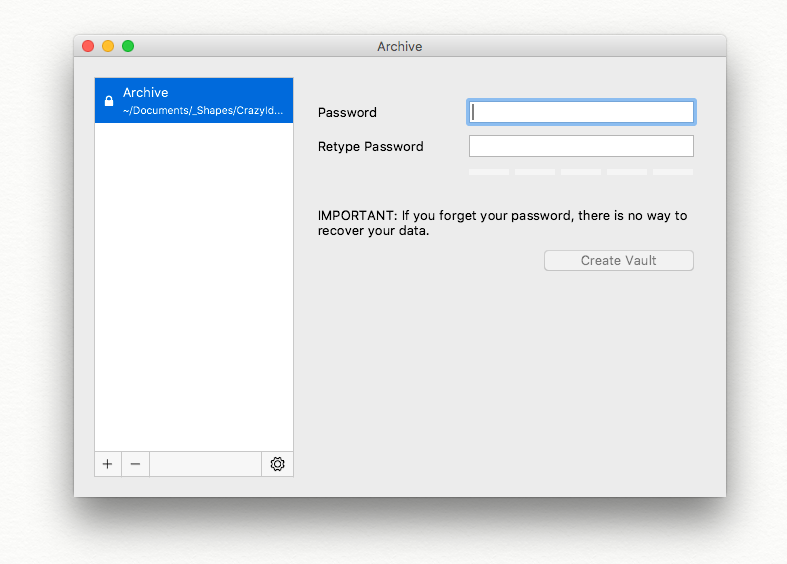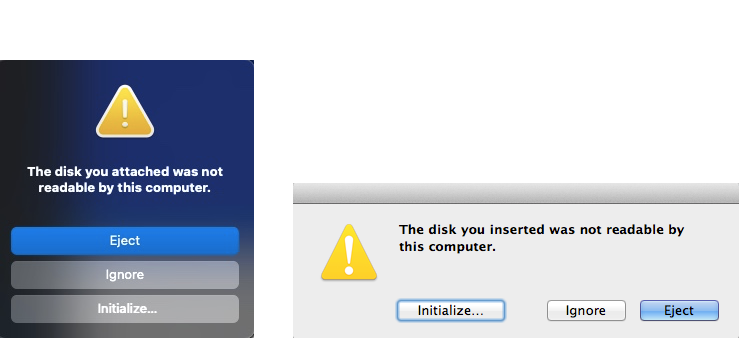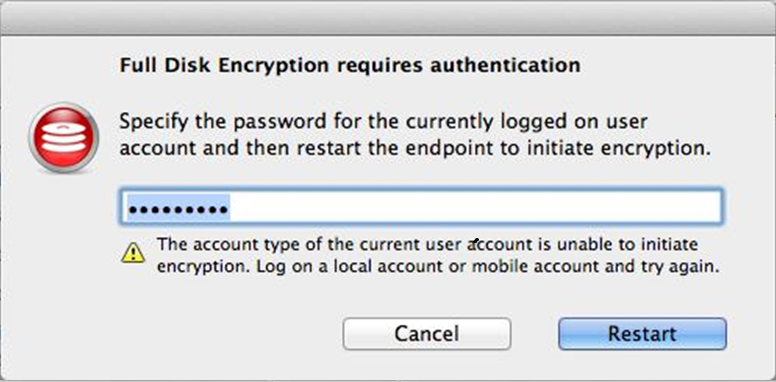


- MAC OS X ENCRYPTION PROCESS HOW TO
- MAC OS X ENCRYPTION PROCESS INSTALL
- MAC OS X ENCRYPTION PROCESS UPDATE
- MAC OS X ENCRYPTION PROCESS MANUAL
- MAC OS X ENCRYPTION PROCESS CODE
Sudo mkdir /Library/Server/Web/Data/Sites/ your_domain_name's website folder/.well-known/

You need to create two (hidden) folders/directories in the website for each domain that you want certificates for: Using the Terminal, create two folders/directories for automated scripts: If you are running the current version it will let you know that it does not need to be updated. If you are running an outdated version it will update.
MAC OS X ENCRYPTION PROCESS UPDATE
If you have already installed Let's Encrypt's Certbot you can easily update it via the command: You must have an ACMEv2 compatible client. UPDATE : From Let's Encrypt will stop supporting the old ACMEv1 protocol. If everything went okay, you should see the following folders in: Go to Macintosh HD > Applications > Terminal > and enter the following commands
MAC OS X ENCRYPTION PROCESS INSTALL
To install Homebrew vist then return to here. Install and setup "Let's Encrypt" (Certbot) with Homebrew You will need a contact/registration email address for each domain certificate that you initially request - this is also used for renewal/problem emails so it might be worth setting up a special email address for this sort of thing if you haven't already got one.
MAC OS X ENCRYPTION PROCESS MANUAL
Consider the timing - Let's Encrypt issues 90 day certificates that can be renewed with less than 30 days to go - so 90 days is the max renewal via manual methods, 60 days is the auto renewal timeframe - so think about when those dates will fall after the initial setup and that you will be around/available to perform the manual renewal or check that the auto renewal method has worked!.The domain(s) you want to obtain certificates for must be configured in OS X / macOS Server and publicly accessible via the normal internet.macOS 10.13 High Sierra + Server 5.4-5.6.3 - coming soon.macOS 10.14 Mojave + Server 5.7.x - coming soon.We have some articles that may help with this: At least one domain name and website configured via OS X / macOS Server.OS X Server 4 Frequently Asked Questions (FAQ).OS X Server 5 Frequently Asked Questions (FAQ).macOS Server 5.2-5.3.1 Frequently Asked Questions (FAQ).macOS Server 5.4-5.6.3 Frequently Asked Questions (FAQ).macOS Server 5.7.x Frequently Asked Questions (FAQ).macOS Server 5.9.x Frequently Asked Questions (FAQ).OS X 10.10 Yosemite Frequently Asked Questions (FAQ).OS X 10.11 El Capitan Frequently Asked Questions (FAQ).macOS 10.12 Sierra Frequently Asked Questions (FAQ).macOS 10.13 High Sierra Frequently Asked Questions (FAQ).macOS 10.14 Mojave Frequently Asked Questions (FAQ).macOS 10.15 Catalina Frequently Asked Questions (FAQ).

MAC OS X ENCRYPTION PROCESS CODE
MAC OS X ENCRYPTION PROCESS HOW TO
How to setup and configure Let's Encrypt secure certificates with OS X / macOS and Server 5.x How To Setup Let's Encrypt For OS X / macOS + Server 5.x WARNING: As of September 2018 Apple has gutted macOS Server and removed most/all of the useful Server features! How To Setup Let's Encrypt For OS X / macOS + Server 5.x Article ID = 211Īrticle Title = How To Setup Let's Encrypt For OS X / macOS + Server 5.x


 0 kommentar(er)
0 kommentar(er)
